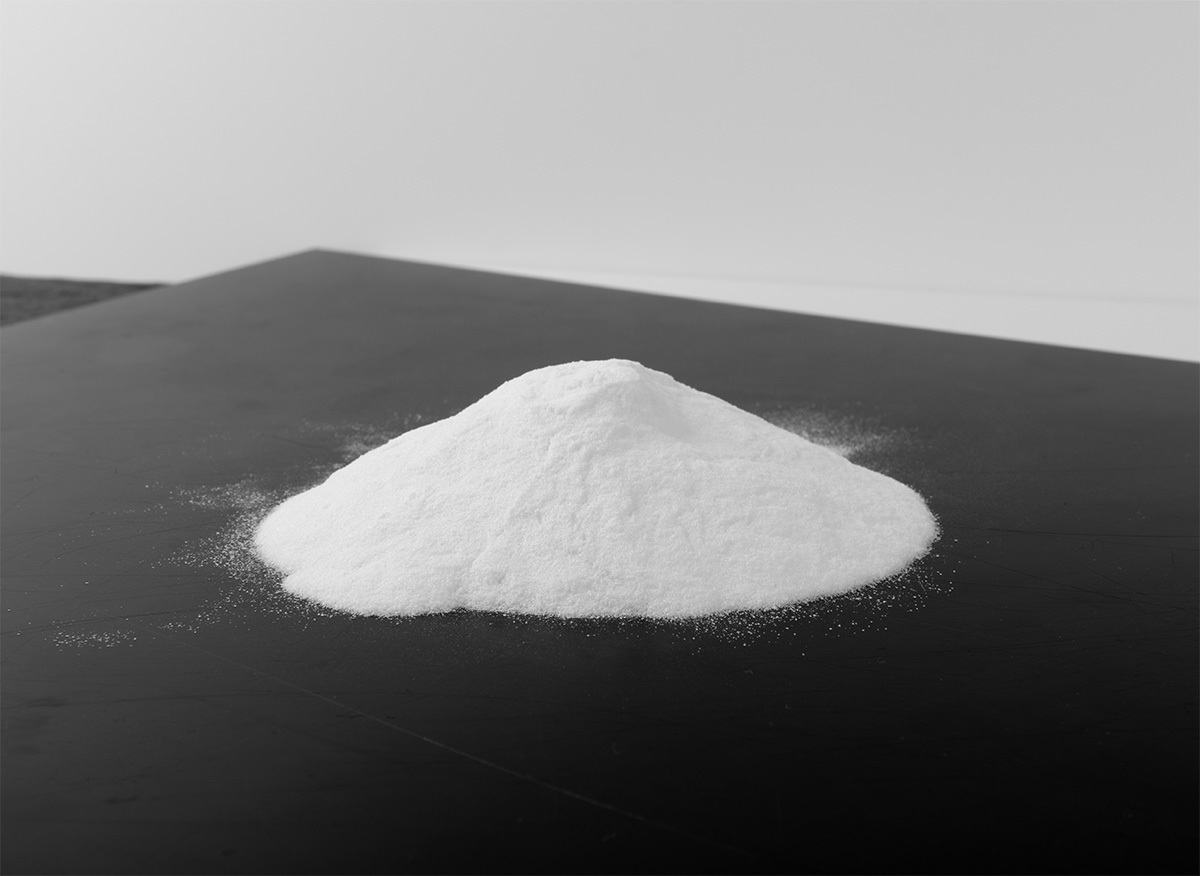
What are the specific functions of using white carbon black in tire production
White carbon black is a white inorganic additive with certain reinforcing properties which can replace carbon black in the production of rubber products
White carbon black is a white inorganic additive with certain reinforcing properties, which can replace carbon black in the production of rubber products to reinforce rubber materials, especially white, light colored or colored rubber products. The use of white carbon black in the production of off-road tires, engineering tires, radial tires, etc. has the effect of improving the comprehensive performance of automotive tires and increasing tire mileage. So what are the specific functions of white carbon black in rubber tires, and what issues should be noted when using white carbon black in tire production?
1. The role of white carbon black in tires
Adding white carbon black to tire production can reduce tire rolling resistance, decrease fuel consumption, and significantly improve tire anti-skid and safety performance. Research has shown that using white carbon black instead of carbon black can effectively reduce the Paine effect 2YLYY329WFM of the rubber compound and the loss tangent tan δ at high temperatures, thereby improving the rolling resistance of the tire. The use of all white carbon black tire tread compound can reduce rolling resistance by 20% and tire tread hysteresis performance by about 50%, thereby saving more than 3% of fuel.
After adding white carbon black to the tire tread rubber formula, the various properties of the tire were significantly improved; Especially in terms of the balance between tire wear resistance, wet traction, and rolling resistance.
2. Insufficient use of white carbon black in tires
When white carbon black is used for reinforcing rubber tires, it has poor affinity with rubber due to its small interface area; Easy to agglomerate, not conducive to dispersion during mixing; During the vulcanization process, there is a delayed vulcanization effect, which can easily react with other components. White carbon black is prone to adsorb other additives, which is not conducive to dispersion; Easy to dehydrate and form silicon oxide groups, which is not conducive to bonding; The structure hardens and the viscosity increases during storage. Therefore, tire manufacturers should take certain measures to improve the application effect of white carbon black when using it.
3. Methods to improve the effect of adding white carbon black to tires
In actual production, the addition effect of white carbon black in tires can be adjusted by using modifiers, mainly coupling agents, with silane coupling agents being more commonly used in coupling agents. The silane oxygen group in silane coupling agents is reactive with inorganic substances, while the organic functional group is reactive or compatible with organic substances. When silane coupling agent is present at the inorganic organic interface, a bonding layer of organic matrix silane coupling agent inorganic matrix can be formed.
Adding an appropriate amount of silane coupling agent to the tire formula reinforced with white carbon black can truly form a strong bond between the elastomer and white carbon black molecules, further improving the elongation at break and tear resistance, and achieving lower hysteresis performance.
In actual production, rubber tire manufacturers can also use highly dispersed white carbon black. Highly dispersed white carbon black not only ensures better tire wet skid resistance and low rolling resistance, but also improves the wear and processing performance of the rubber compound. At present, many tire manufacturers use recycled rubber. I have the opportunity to share with you the techniques of using white carbon black in tire rubber materials containing recycled rubber.
Related news
2025-09-19
2024-08-07
2024-08-07





